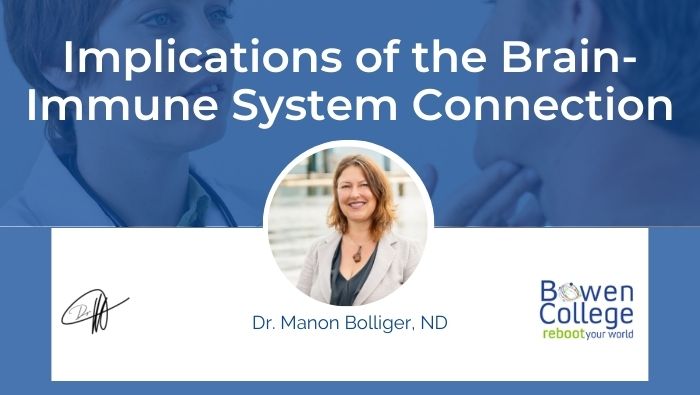In the last post we examined the early emergence of psychoneuroimmunology, concluding with the insights of Steven Maier on the brain-immune system connection. So how exactly does that connection work? Here’s what Maier discovered.
According to Maier: “your macrophage chews on a bacteria, it releases interleukin-1 into the neighboring space, the interleukin-1 binds to the receptor on the para-ganglia, which sends neurotransmitters to activate the vagus nerve, which sends a signal to the brain.” This neural signal triggers the brain to make its own interleukin-1 and that sets off the sickness response and sends signals back to the immune system, further activating immune cells and continuing the feedback loop. Maier concludes by saying, “We have a complete, bidirectional immune-to-brain circuit.” (LINK TO SOURCE Maier, 1993, p. 321-324)
So what does this really mean? We know that cytokine synthesis and release is an essential component of the immune system. We also understand that inappropriate and excessive production of cytokines results in a systemic inflammatory response which damages our organs. The vagus nerve, by means of neuro-immune communication in a pathway called the ‘cholinergic anti-inflammatory pathway,’ provides us with a fast, efficient and localized means of controlling the immune response and preventing excessive inflammation.
So, then, here’s a question that seems as if it would be important from the perspective of a health-based intervention: Is it possible to communicate with the vagus nerve? Is the implication of all this that we may be able, through communication with our vagus nerve, to decrease inflammatory responses? For the answer to that question, watch out for my next post.









